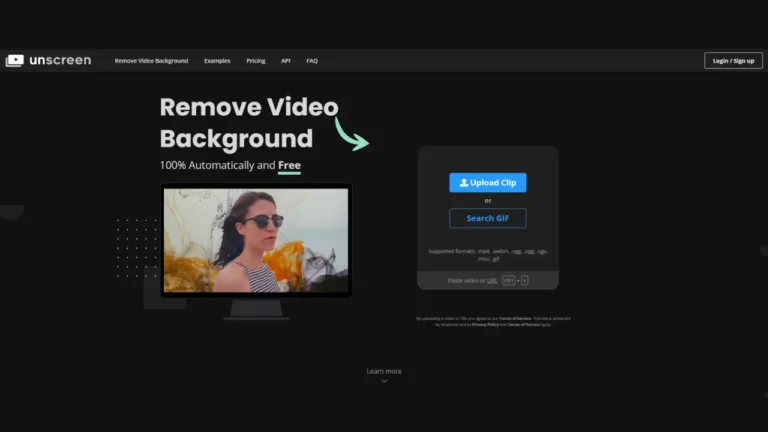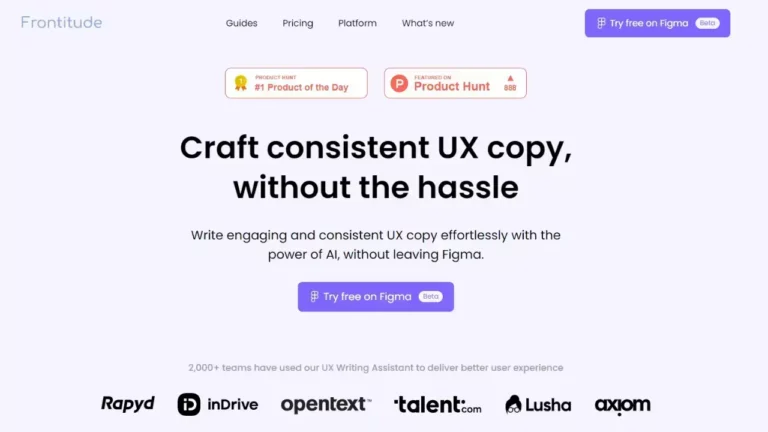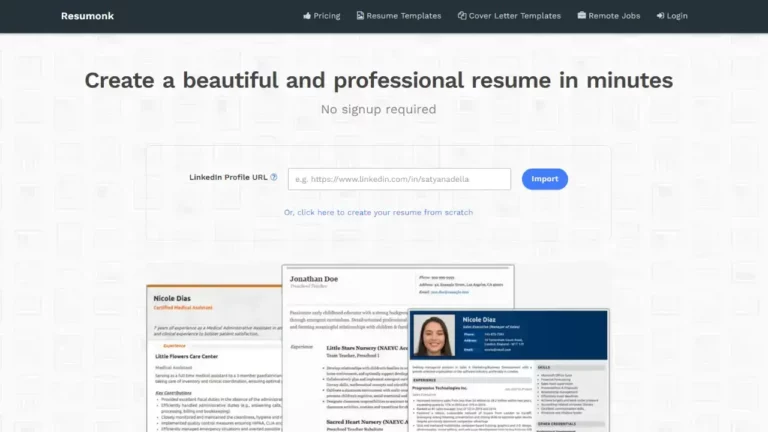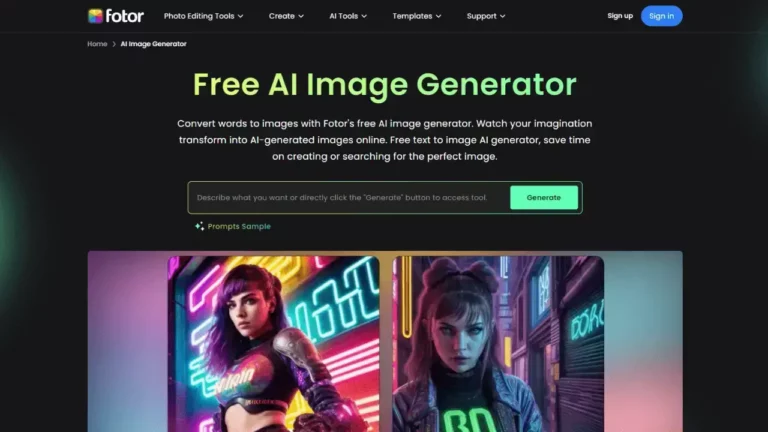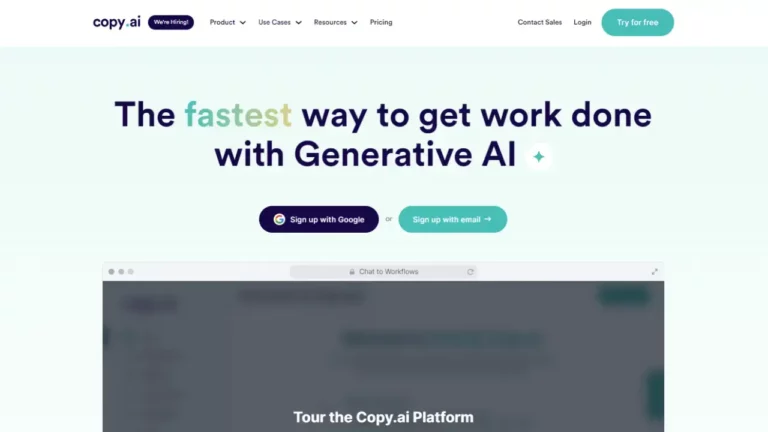GPT Zero AI
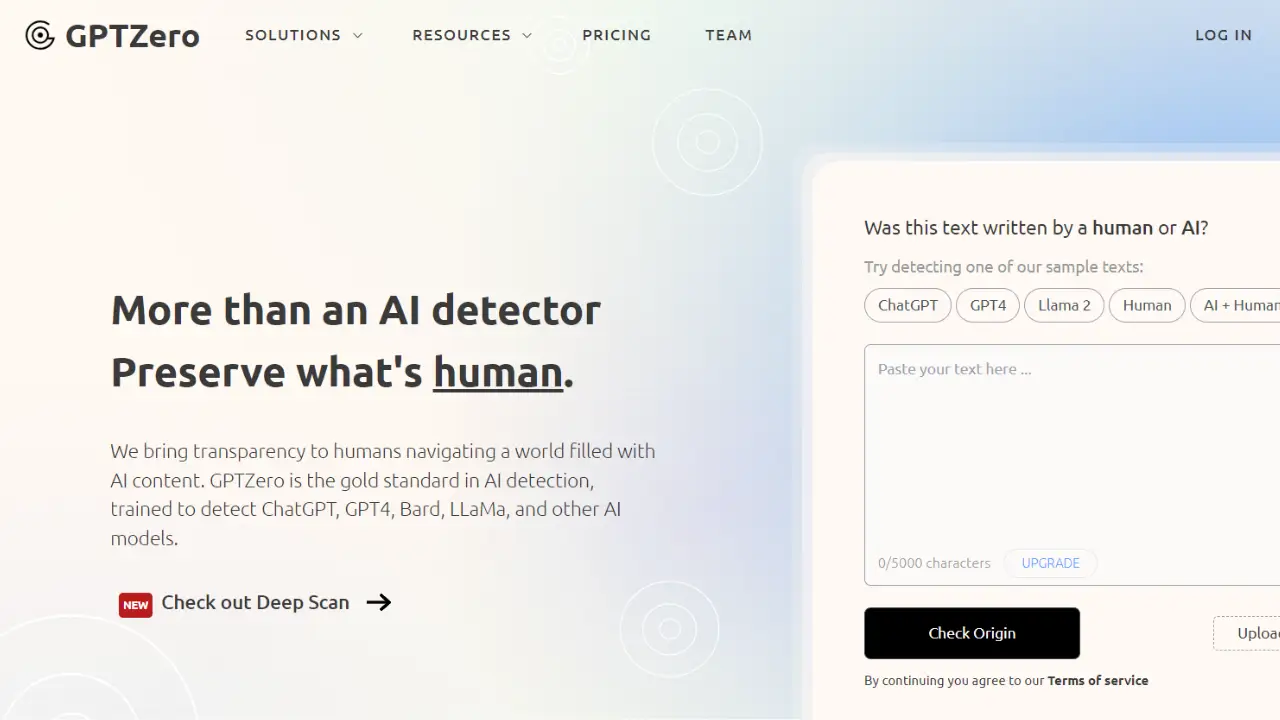
GPT Zero AI, also known as ZeroGPT, is a software program that detects text using artificial intelligence, serving as a “magnifying glass” to let people determine whether a piece of writing is human or AI-generated. GPT Zero AI is an essential tool for assuring transparency in AI-generated material and avoiding plagiarism and misleading. However, its shortcomings must be evaluated in conjunction with other assessment methods to provide comprehensive results.
Key Features of GPT Zero AI:
Detects AI-generated text: It examines aspects such as sentence form, syntax, vocabulary, and context to uncover patterns common to AI-generated material.
Free and accessible: There are several versions available, including both a free online tool and premium API interfaces.
Claims high accuracy: It has a proven track record of accurately discriminating between human and AI-written content, exceeding other comparable technologies in several cases.
Benefits diverse users: It meets a variety of demands, from professors reviewing student work to content makers validating authenticity.
Use Cases for GPT Zero AI Review:
Education:
- Detecting plagiarism: Teachers may utilize GPT Zero to identify essays or assignments authored by AI tools, therefore fostering academic integrity and encouraging unique thought.
- Monitoring writing progress: By examining writing reports, teachers may assess a student’s writing growth and identify areas where they may want further assistance.
- Understanding AI’s impact on writing: GPT Zero allows educators to assess AI-generated text and debate its benefits and shortcomings with students, encouraging critical thinking about the role of technology in writing.
Hiring and recruitment:
- Verifying application materials: GPT Zero is a tool that recruiters may use to ensure the authenticity of resumes, cover letters, and other papers, emphasizing actual abilities and expertise.
- Identifying fake profiles: GPT Zero may be used by online platforms to filter out AI bot-created accounts, which improves user experience and reduces spam.
Content creation and publishing:
- Verifying content sources: GPT Zero lets publishers and fact-checkers identify and validate AI-generated material, assuring accuracy and combatting disinformation.
- Protecting copyrights: Content providers may utilize GPT Zero to detect illicit usage of their AI-generated work, therefore protecting their intellectual property.
Other potential uses:
- Fighting online fraud: Identifying AI-generated statements used in phishing schemes or to influence public opinion.
- Improving cybersecurity: Detecting AI-powered assaults and efforts to circumvent security measures.
- Research and analysis: Investigating how AI creates language and its implications in numerous industries.
GPT Zero AI: Pros and Cons
Pros:
- Free and easy to use: The web-based solution is easily accessible and does not require expensive memberships or sophisticated connections.
- Highlights suspicious phrases: Unlike some detectors that just return a binary answer, GPT Zero highlights individual sentences that it believes are likely AI-generated, providing insight into its study.
- Claims good accuracy: Users and several reviewers praise its ability to discern AI-generated text, especially from models such as ChatGPT and Bard.
- Focus on transparency: The initiative stresses transparency, outlining its technique and constraints clearly.
Cons:
- Not perfect: Accuracy varies, and it may occasionally misidentify human-written information or overlook well-crafted AI language.
- Limited scope: Primarily effective against specific huge language models; not necessarily applicable to all AI-generated material.
- Technical details lacking: While clear, more detailed technical explanations may be useful for sophisticated users.
- Ethical concerns: Like any AI detector, it raises concerns about privacy, plagiarism detection fairness, and potential abuse.
GPT Zero AI is a free tool for AI content recognition that includes transparency and highlighting. However, it has limits, possible errors, and ethical implications. Alternatives may be required depending on the unique demands and AI-generated content kind.


